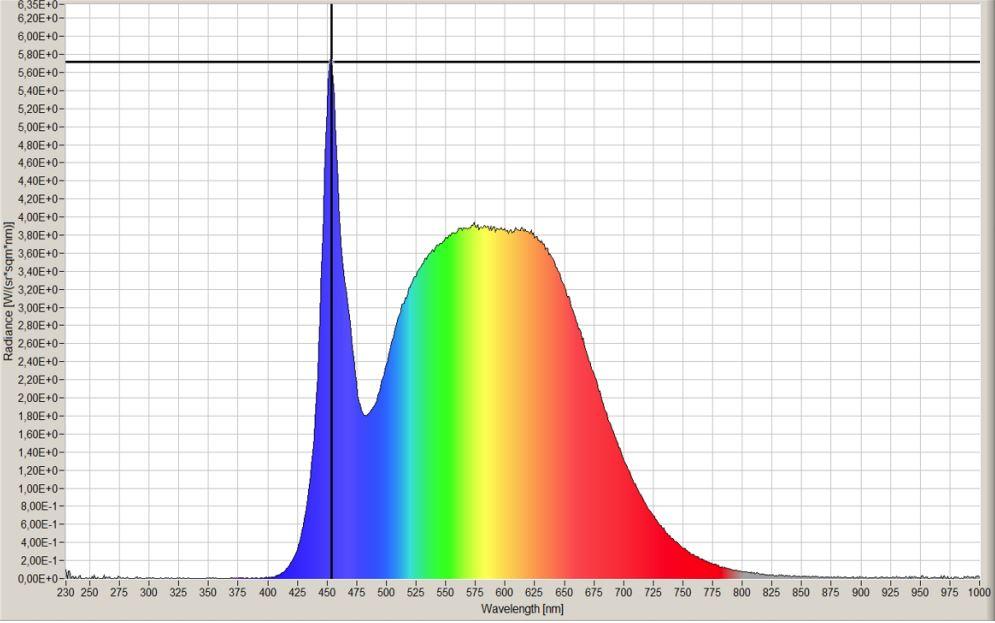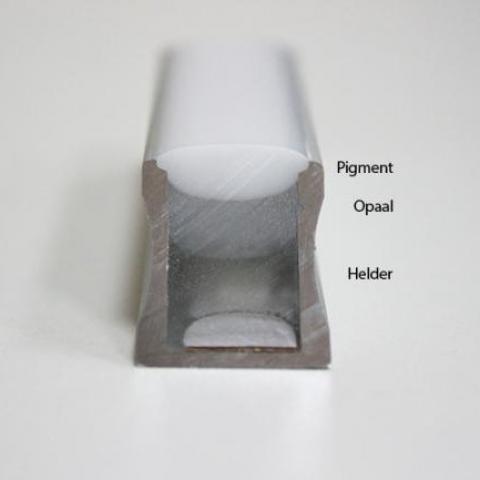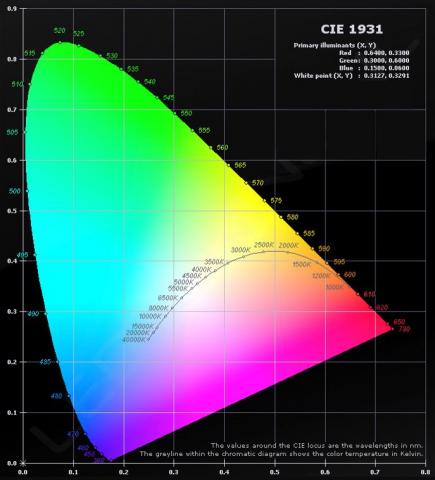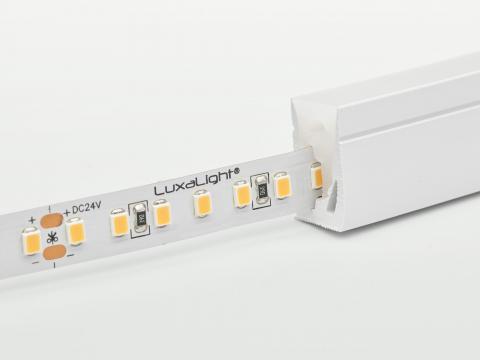Electrical efficiency of a fixture and the true cost of light
With the help of PAR, PPF and PPFD statistics, the electrical efficiency of the fixture can be read, as well as the actual cost of light that is actually obtained.
Electrical efficiency
Efficiency is expressed in Lumen per Watt for normal lighting. However, with grow/grow lighting it is about micromoles per joule. A joule is a measurement of input energy. The Definition of a Joule – A unit of energy = a Watt * Second or a Watt of power for one second.
The efficacy rating can be calculated when the ppf output of a luminaire and the input energy are known. This is expressed in micromoles per joule or uMol/j. The higher the efficiency rating, the more light is obtained for the energy input.
If only the PPF and the wattage are known, these can be shared to find out the efficiency. For example, a 200 Watt fixture with a PPF rating of 400 has an efficiency rating of 2.0. In other words, a 200 W fixture at 2.0 uMol/J produces 400 uMol PPF.
Cost per micromole
The cost per micromole ($/umol) is the best measure of the true cost of purchasing one fixture compared to another. For example: If a fixture emits 400 micromoles of PPF and costs $400, that is $1.00 per micromole. A fixture that emits 500 micromoles of PPF but costs $1000 is $2.00 per micromole. The efficiency of electricity consumption still needs to be calculated. The total photon output and previous $/PPF calculation is far from the best way to compare luminaires. However, the efficacy or uMols/J must be taken into account which represents how much electricity each fixture will consume for the same uMol photons.
Not familiar with PAR, PPF, PPFD read the blog about it.
Questions, please contact us.



